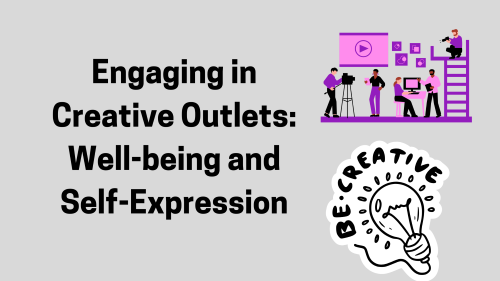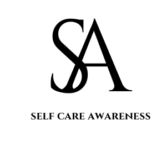
Engaging in Creative Outlets: A Pathway to Enhanced Well-being and Self-Expression
- A Creative Approach to Stress Management
- Value of Creative Outlets
- Explore Different Creative Outlets
- Integrating Creativity into Your Life
- Long-term Creative Engagement Benefits
Introduction
Finding techniques to handle stress and preserve mental health is crucial in our busy society. Creative outlets are an underutilized yet powerful method. Painting, writing, performing music, or crafts are unique ways to express yourself that can improve mental health and well-being.
A Creative Approach to Stress Management
Creativity helps manage stress and process emotions, not simply create. Creative activities induce “flow” when people lose the sense of time and get immersed in the job. This flow state reduces stress by focusing on creativity rather than daily anxieties. Creativity is an excellent stress management strategy since it helps people release tension and relax.
Value of Creative Outlets
1. Improves Emotional Expression
Creative outlets offer a safe and healthy method to express feelings that may be hard to convey verbally. A grieving person may find comfort in painting or poetry. These exercises help release complicated emotions and reveal one’s inner world through nonverbal investigation.
2. Increases Self-Esteem
Completing a creative endeavor, even if small, is a source of achievement and pride. This boost in self-esteem is crucial for those who feel inadequate or insecure. Making something from scratch and witnessing the finished product boosts self-esteem and confidence.
3. Promotes awareness
Creative pursuits promote awareness via focus and attention to detail. Creative people are present and aware of colour, form, and rhythm. This attention calms the mind and promotes tranquillity. Creative outlets promote mindfulness, which is vital for emotional well-being.
Explore Different Creative Outlets
1. Visual Arts
Painting, sketching, and photography provide a diverse platform for self-expression. Activities like this let people use their creativity, play with colours and forms, and express sentiments they can’t express verbally. Visual arts boost cognition and problem-solving. Art may be peaceful and stimulating, balancing calm and excitement.
2. Writing and Journaling
Writing is a therapeutic and powerful method of creative expression. Writing helps people organize their ideas and feelings, whether they write poems, stories, or journals. Journaling allows for self-reflection, clarifying thoughts, and revealing personal experiences. Regular writing practice helps people express and manage their emotions, improving communication and emotional resilience.
3. Crafting and DIY Projects
Hands-on activities like knitting, woodworking, and scrapbooking foster creativity. Tactile exercises with repetitive motions can be calming. Individuals feel accomplished and satisfied when they craft something. DIY projects may also recycle and repurpose materials, making them environmentally friendly.
Integrating Creativity into Your Life
1. Starting small
Starting small is crucial for individuals new to creative endeavours. Start with small, time-efficient projects. Try drawing or writing for 10-15 minutes daily. You can tackle bigger jobs as you become used to them.
2. Reserve Time
Schedule creative time in your week like you would for exercise or other self-care. Scheduling creativity into your routine makes it a regular part of your life rather than something you put off.
3. Experiment and Explore
Explore many creative expressions to uncover what resonates with you, as creativity is highly personal. Try painting, writing, playing an instrument, or baking. Find a creative outlet you like and that relaxes and satisfies you.
Long-term Creative Engagement Benefits
Regular creative activity has many long-term advantages. Creative thinking increases cognitive flexibility, or the ability to consider numerous ideas simultaneously. Problem-solving and adaptability require this competence. Creative activities help people process and express emotions, which boosts emotional resilience. Creative people have higher life happiness, meaning, and mental health throughout time.
Conclusion
Creativity is essential to mental and emotional health, not just a pastime. Creative activities help you reach your potential, reduce stress, and improve your quality of life. Creating a masterpiece, penning your views, or making a present allows for infinite self-expression and personal growth. Lean on creativity to change your life.
